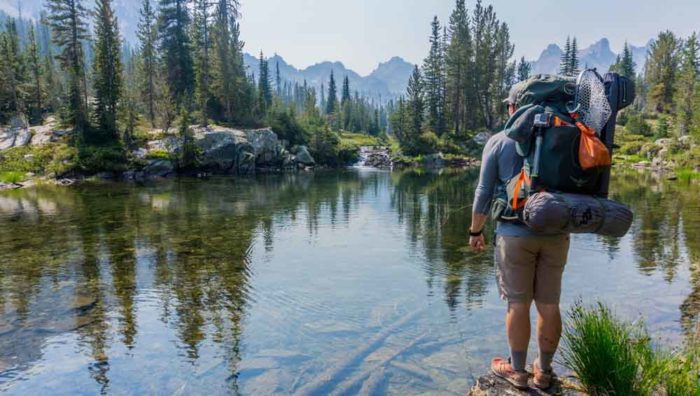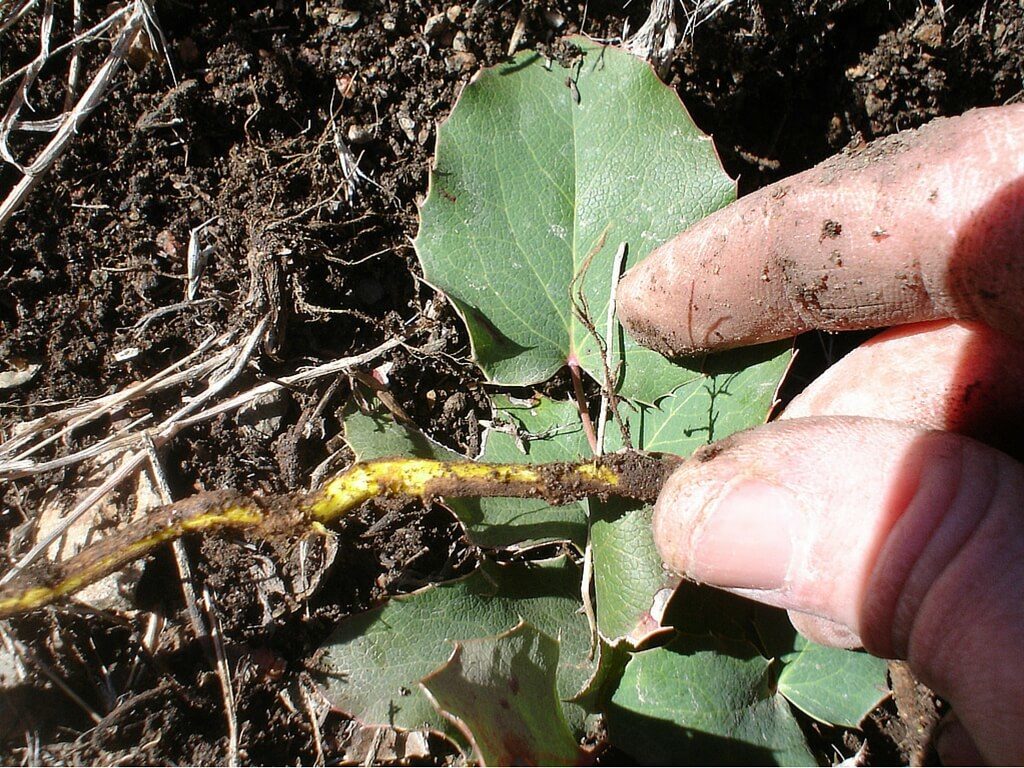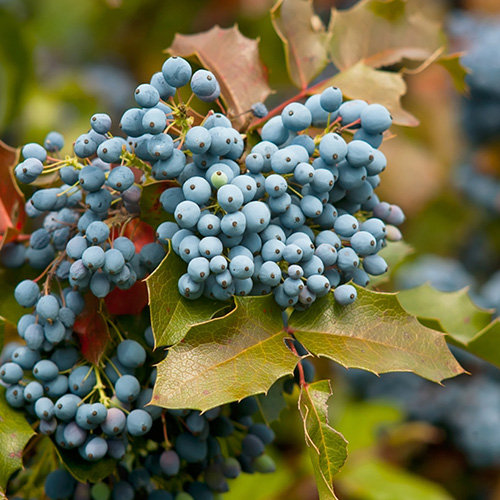Water is the very essence of life. Without it, humans and other forms of life would cease to exist. It is said that a human can survive up to a month without food but only a couple of days without clean water. So what is the best way to purify water?
Out in the wilderness, it’s human versus nature. There is no way that you can carry a bottle of drinking water for days. It will eventually run out. What do you then? Give up and die? Absolutely not!
Humans have an incredible tenacity to survive in the most challenging environment. That is exactly why we reign supreme in the food chain. When you face scarcity of water in the wild, you need to make do with what you get.
Learning how to purify water in the wild could mean the difference between life and death. Today I show you some neat camping water purification methods when you go backpacking.
There can be two scenarios when you’re in the wild. One, it’s just you; your water bottle, and a few survival kits, such as a knife. Two, you have a few tools and equipment to work with.
How to purify water in the wild with the bare essentials
1. Stone boiling
Perhaps the most primitive but effective way of purifying water in the wild is stone boiling.
In this method, you can make use of any hollow object such as a stone or coconut shell. Fill the object with water. The key to this is to heat a good number of pebbles and place them in the hollowed object until the water starts to boil. Allow it to cool and the water is now safe for consumption.
2. T–shirt filtration
For lack of a better name, it is called t-shirt filtration, but you can use any piece of cloth you have. In this method of the purification process, you need to use the cloth on your back, literally.
Take your t-shirt or bandana, the more the better. Cut off a couple of small branches and stick them to the ground. Tie the clothes to the sticks like you would a hammock. Tie them one on top of the other so you have a layer.
Keep something under the contraption to collect the filtered water. If you are absolutely at loss and you need the water bottle to collect the water from the source, use banana leaves to collect the water. Stack them properly so the water will not leak.
3. Disinfecting the water UV rays
It is a widely known method among outdoor lovers. You need only a clear water bottle for this purification process. It should be relatively easy finding a clear plastic bottle. This is perhaps the only good thing about the menace of plastic pollution, they’re absolutely everywhere.
Fill the bottle from the water source and place it down. The key is to keep the bottle in a place where it can get maximum sun rays to fall on it. The UV rays in the sunlight kill the harmful microorganisms in the water making it safe for drinking.
4. Filtration
If you can get hold of a couple of plastic water bottles, you can easily filter the water. Cut off the bottom of one bottle. Take a pebble and use it near the opening of the bottle. Cut off a small piece of cloth and put it next. Then add sand or small gravels followed by a layer of larger pebbles.

Remember to run the water through the filter for a good ten minutes or so to clear out all the dirt. Your survivalist water filter is ready. This is perhaps one of the easiest ways on how to filter water in the wild.
5. Use plants
Some plants are known for their antimicrobial properties. You can use them to disinfect the water in the extreme case of an emergency. Roots of Oregon grape can be chewed before drinking the available water and after consumption.
Leaves of berry bushes can also be covered with plastic and made to evaporate. You can later collect this water and drink it. However, this requires days to collect enough water.
If you have containers and other equipment, purifying water in the wild becomes easy.
- Boiling
The easiest method for purifying water is by boiling. You need minimal equipment and the process is straightforward. If you are wondering how to boil water while camping, do the following.
- Start a steady fire and fill the pot with water to boil.
- Remember to let the water boil for a few minutes.
- Allow it to cool and you have drinking water ready.
Keep in mind that boiling water only works for clear water. Water that is filled with mud and dirt cannot be made safe for drinking by this method.
- Distillation
When you encounter water that is high in salt concentration, distillation is the best way to purify water. Not sure how to proceed? Follow the steps given below.
- Grab an empty glass and a wide bowl or pan. Keep the glass at the bowl’s center.
- Fill the bowl with the salty water. Then cover the pan with the lid facing downwards.
- Bring the water to boil.
- The water droplets will condense on the cover and you can collect it in the glass.
- Allow it to cool and your water is ready for drinking.
Another way to perform this process is with a steel water bottle. Fill the bottle with the salt water. Find a bamboo big enough to fit snugly into the mouth of the water bottle. Tie a plastic bag at the other end of the bamboo. Boil the water in the bottle and the water will be fit for drinking through the processes of evaporation and condensation.
- Sedimentation
Fill in a large container with the muddy water. The idea is to leave it undisturbed for as long as possible so that the sediments will settle to the bottom of the container. After some time, pour out the water into another container or glass.
- Evaporation traps
It is also one of the most common water purification methods camping. If you can locate a low lying area, that is more preferred. Dig a number of holes that are about 20 inches deep.
Gather a bunch of healthy leaves and lay them at the bottom. Place a container or a cup for collecting the water. Cover the hole with a plastic bag and place the dugout sand around the plastic. Place a pebble at the center of the plastic cover to prevent it from shifting. This is a great way of collecting purifying water in the wilderness using plastic and some tools.
Go prepared when you go camping
There is no way you can predict the how nature will behave. What water is safe to drink in the wild straightaway? None. So, if you do not want the complexities of how to filter water in the wild to bother you, go prepared while camping.
You will no doubt have your camping gear ready. Resources you can take along to take care of the water purification process are:
- Water bottle filters
Companies understand the increase in the number of outdoor adventurers and have therefore, come up with bottles with inbuilt filters.
The only thing you need to do is fill the bottle from water source and the filter does all the purification process.
- Survival straws
Survival or life straws are an excellent alternative to manually filtering the water. They are great for amateur hikers or outdoor lovers who have not yet mastered the skills of survival.
Make sure to insert the straw into the water body for a minute or two. This will allow the impure water to pass through the filter membrane in the straw. Now you get down on your knees and savor the water.
- Household chemicals
Some chemicals that are available at home are great at performing the water purification. These include chlorine, potassium permanganate and iodine.
Simply add the chemicals to the impure water. Shake the container or bottle to mix the solution thoroughly. Allow it to sit in a shaded place for up to an hour and your water is ready for consumption.
NB: be careful with the household chemicals! Read the instruction carefully and don’t use this method of water purification without urgent need.
- Activated carbon and ceramic
Using activated carbon is one the best way to purify water in the wilderness. Another great way to do this is to use something made of ceramic material. These materials are easily available in stores that deal with hiking and outdoor supplies.
Conclusion
Understanding what is the best way to purify water is essential to survival in the wild. You do not need to be a grandmaster or a seasoned survivalist to make the dirtiest water fit for drinking.
With just a few tools or none, you will be surprised what you are capable of doing when it is your life in question. Trust your instincts, be smart and you will never face a shortage of drinking water anywhere you may be on the planet.



